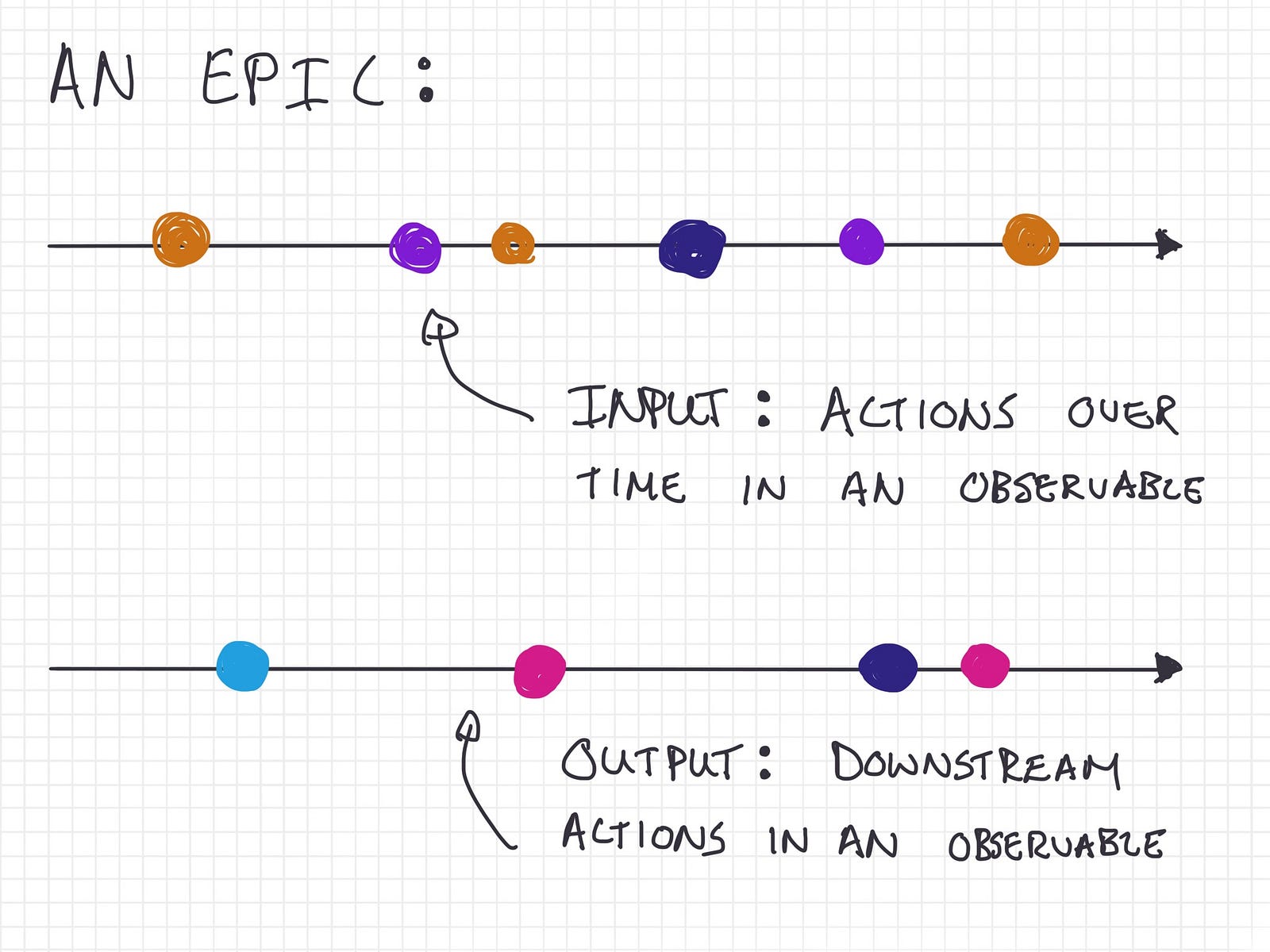
Even if you don't plan to use Elm, you should read about the Elm architecture, and play with it. Unlike Redux, Elm is a language, so it is able to benefit from many things like enforced purity, static typing, out of the box immutability, and pattern matching (using the case expression). Elm “updaters” serve the same purpose as reducers in Redux.
Redux observable update#
It enforces a “model view update” architecture, where the update has the following signature: (action, state) => state. Elm Įlm is a functional programming language inspired by Haskell and created by Evan Czaplicki. Moreover it doesn't seem like immutability poses performance problems in most real apps, because, as Om demonstrates, even if you lose out on object allocation, you still win by avoiding expensive re-renders and re-calculations, as you know exactly what changed thanks to reducer purity.įor what it's worth, Flux's creators approve of Redux. Development features like time travel, record/replay, or hot reloading will break. While it is technically possible to write impure reducers that mutate the data for performance corner cases, we actively discourage you from doing this. You should always return a new object, which can be done using the object spread operator or the Immer immutable update library. You can use plain objects and arrays for your state just fine, but mutating them inside the reducers is strongly discouraged. In this sense, Redux is true to the Flux architecture, but makes it simpler thanks to pure functions.Īnother important difference from Flux is that Redux assumes you never mutate your data. Flux has often been described as (state, action) => state. Depending on how you view Flux, you may see this as either a deviation or an implementation detail. This is because it relies on pure functions instead of event emitters, and pure functions are easy to compose and don't need an additional entity managing them. Unlike Flux, Redux does not have the concept of a Dispatcher.
Redux observable code#
Instead of letting the application code directly mutate the data, both tell you to describe every mutation as a plain object called an “action”. Like Flux, Redux prescribes that you concentrate your model update logic in a certain layer of your application (“stores” in Flux, “reducers” in Redux). Redux was inspired by several important qualities of Flux. We'll explore some of the similarities and the differences below. It is similar to some patterns and technologies, but is also different from them in important ways. While there are several ways to test Epics, it's helpful to fully appreciate that they're just functions that utilize RxJS-aside from the convention of expecting const output$ = fetchUserEpic (action$, state$, dependencies ) expectObservable (output$ ).

While learning, keep in mind that these are RxJS concepts, not redux-observable, so you may find other articles on the web helpful for testing your RxJS code. Learning to use and write marble tests can be tough.


Redux observable how to#
In RxJS v6 there is a new n(callback) helper that provides several new conveniences on top of the previous TestScheduler behavior.īefore continuing, you'll want to become familiar with how to use the n(callback). RxJS comes with a TestScheduler that is used to virtualize time, making writing deterministic tests easier and much faster since time is virtual-you don't have to wait for real time to pass. Writing Tests Using the RxJS TestScheduler


 0 kommentar(er)
0 kommentar(er)
